|
Filmmaker took part in a Robbins seminar, then returned to film another for Netflix doc
Tony Robbins is the largest man I've ever seen. Not the heaviest. Just the largest. Massive from head to toe. See him in person and you begin to wonder if the title of one of his books -- Awaken the Giant Within -- weren't something to be taken literally, with himself as prime example: his physical form the expression of his inward evolution.
Imagine then having this 6-foot-7-inch man baring over you, staring into you, coaxing you to reveal your innermost doubts and fears, in front of a crowd of thousands. That's what a lot of people -- millions -- have paid substantial money to experience at one of Robbins' famous motivational seminars. No one's breathing in the room. No one leaves. No one goes to the bathroom. It's that intense.
Now you can get a feel for the Robbins effect for the cost of a Netflix subscription. The motivational speaker and life coach invited filmmaker Joe Berlinger -- known for his hard-hitting exposés like Brother's Keeper and the Paradise Lost series -- to film one of his "Date With Destiny" mega-seminars in 2014. The result is the documentary Tony Robbins: I Am Not Your Guru, now streaming exclusively on Netflix.
SHARE THIS:
By Berlinger's own admission this is not a critical assessment of Robbins. In fact the director told Nonfictionfilm.com it's "a concert film -- a concert of human emotion." It provides some glimpses of Robbins offstage -- preparing physically and emotionally for the mental effort necessary for the seminars. But for the most part I Am Not Your Guru is an encapsulation of the six-day event into less than two hours, complete with "interventions" where Robbins delves deeply into the psyche of a select group of people -- some in extreme emotional distress, others facing difficult relationship issues.
Admittedly, the first day, a lot of my alarm bells were going off and it felt like it wasn't for me. But as I later realized that's precisely why it was for me, because it was pushing buttons. And by day two I was in.
Berlinger seems like an unlikely convert to Robbins' philosophy, given the tone of his previous work. But he brings a believer's zeal to the project, for which some critics have faulted him.
What is it that Berlinger and fellow seminar attendees are choosing to believe? It is a hopeful message, fervently delivered, that each of us possesses vast untapped potential and that by reconnecting with ourselves and those around us, we can unleash tremendous personal power. Robbins uses techniques honed over decades to break down barriers in his audience, producing an adrenaline surge of optimism and positivity. The way he achieves that result may strike some viewers as jingoistic or unsettling. There are plenty of wide shots in the film of the full audience doing things in complete unison at Robbin's urging -- raising arms, shouting unified responses to his questions, that sort of thing. Does that represent mind control? A sort of induced group think? Those with faith in Robbins' methods may reply that he is deploying these techniques in service to a deeply humane idea -- that people in pain can find ways around their difficulties and find joy in their lives.
Nonfictionfilm.com Editor-in-chief Matt Carey sat down with Robbins and Berlinger in Austin, Texas, shortly after the world premiere of the film at the SXSW festival.
Nonfictionfilm.com: Joe, why did you choose SXSW as the place to premiere your film? Joe Berlinger: The nice thing about South By is it's a movie lovers, culture-lovers audience. Look, I love Sundance, I've premiered six films at Sundance but Sundance is much more of an industry/filmmaker kind of crowd. And this I felt was much more regular folks. Of course, there were filmmakers and people here for the festival but it's much more of a popular audience and that to me is the test of this movie because we're trying to reach a broad swath of people. Tony Robbins [to Joe]: How did this premiere compare to other ones? JB: Of all the movies I've been lucky enough to premiere I feel like we had an amazing -- we had a standing ovation at the end of the film. That doesn't happen that often... People were locked into that film until the very end. I've had enough bad judgments to get to where I can make good judgments.
Nonfictionfilm.com: Before the film began, Tony, you kind of bounded on stage and then afterwards there were interesting testimonials from some audience members. Someone said, "Remember that time when I jumped on you?" Like, of course you would remember that!
TR: My body remembers. Nonfictionfilm.com: How are you able to engage all the time with people -- because they're looking to you for something quite vital in their lives. That's a weight, I would think. TR: I don't consider it a weight. I consider it a responsibility but also a privilege and I've worked for 38 years to be in a place where I could truly deliver for people at the level I can today. It didn't happen yesterday... Life experience helps you make better judgments and I would say success is a result of good judgment. Good judgment, though, is a result of experience and experience is often a result of bad judgment. So I've had enough bad judgments to get to where I can make good judgments and I can make that difference with people. My life is very different -- I have a lot of celebrity friends and we'll get stopped together sometimes. And [people] want an autograph from them. They want me to change their life now, while we're in the bathroom. My life is kind of unique. But I love it. I wouldn't trade it for anything on earth.
Nonfictionfilm.com: When you're dealing with a filmmaker of Joe's skill, they may perceive something about you that you didn't realize yourself. Did you learn anything along those lines in seeing the film?
TR: I don't know if I learned anything but I think I just appreciated from a different level. No matter what you do if you look through your own eyes you only see so much and Joe has such an amazing eye -- how do you take six days [of the Date With Destiny seminar] and put it in an hour and 50 minutes? Each of those interventions in real life are maybe an hour to two hours in some cases and no one's breathing in the room. No one leaves. No one goes to the bathroom. It's that intense. How do you take that and reduce it to six or seven minutes? The level of effort that he and his team had to go through to find the core of those stories, tell it with integrity, tell it where you still felt the emotion -- that is a skill that I don't have one tenth of, one billionth of, and I'm just grateful that Joe was willing to do it. Nonfictionfilm.com: Joe, you talked about the film really resulting from having gone though the --did you do the Date With Destiny seminar? JB: It was the Date With Destiny. I had met Tony socially. I think Tony sensed I had some issues going on in my life and he graciously invited me to go do the seminar. If it had been anyone other than Tony I probably wouldn't have taken the invitation, in part because I'm not a seminar guy, or so I thought. And in part because I'm just a busy guy so for me to take six days out of my life, that was a big deal... But because Tony's so inspiring I just decided to do it and it was an amazingly transformational experience for me. Admittedly, the first day, a lot of my alarm bells were going off and it felt like it wasn't for me. But as I later realized that's precisely why it was for me, because it was pushing buttons. And by day two I was in. And not only did this seminar and Tony give me some tools to deal with those issues, I realized this is an amazing -- what's happening in that room is so emotional and raw and real and human, which is what documentary making is all about, that I felt this would be a perfect documentary subject. And also allow me to grow and change. I've been in this box for so long of pointing out the latest social ill, the latest corporate abuse, this was an opportunity for me to just kind of share something that I experienced with audiences. And I'm sure some people will reject it and some people will love it. I feel good putting a positive message out into the world and hopefully it will reach people.
Nonfictionfilm.com: I think about Joseph Campbell and his observation that if you spend all your time engaged with what's going in the news you are remaining in the temporal mode. What you're getting at here is the spiritual mode.
JB: I don't need to tell you that we live in extremely divisive times... Congress is gridlocked for a reason. There's no cooperation. We're really in a strange place in this country -- not that I think my film or Tony's mission is going to save the world, but it comes down to a very fundamental thing: if people felt more connected to who they are, if people felt more fulfilled in what they are doing and if people felt more connected to one another -- I mean that was the thing that I wanted to convey in this film, was that spirit of 2,500 hundred strangers coming together from 70 countries who are just so loving and supportive of one another, I felt that. I haven't felt that in ever. That is the feeling that I wanted to bring to people -- and maybe this is Pollyannish -- but maybe if people felt more connected to one another, maybe there would be less divisiveness and that's really kind of the mission of the film. There are billionaires that sit around suffering and actresses and actors that have got Academy Awards and they suffer. I get the phone calls.
TR: You talk about the news and it's so unfortunate because they're all corporations now and they always have been but it's so competitive in the world we're in today. The news is not designed to inform you. It's designed to startle you. "You're going to die from the water you're drinking. News at 11." Everything is startling you. And I think people have enough fear in their life. It's useful for them to realize there are some things they can do -- they don't have to be at the effect of everything. And we can't control the external world, but we can influence our world and we can completely shape what happens internally with us -- it's the only thing we're in control of.
Whether you suffer or not has nothing to do with the events. There are billionaires that sit around suffering and actresses and actors that have got Academy Awards and they suffer. I get the phone calls. And there are people with seemingly nothing that don't suffer. And I think the idea that you could be free of suffering, the idea that you could have truly life on your terms and that it's within your reach and there's some fundamentals you can take, but it does require putting some focus in your life. And as Joe said earlier, most people don't spend an hour thinking about their life. Most people, they make a living, they don't design their life. And this is really about designing your life and showing you what's truly possible.
Nonfictionfilm.com: I had a conversation with a woman in the theater, a festival volunteer, who said she's a minister in a Christian church. She had an interesting response to the film. She said, "Does this replace Christianity?"
TR: [laughs] Of course not. I’m personally a Christian, so-- JB: I’m a New York Jew. TR: No, it doesn’t. It's so interesting. People are so fearful that when they see something powerful that somehow it’s going to replace what they have. This is not a replacement. This is -- God gave us the abilities. It’s up for us to make use of them. This is a film about how to make use of the abilities that our Creator’s given us. And I think thinking that we don’t have those abilities is a slap in the face of our Creator. If you don’t take charge of what’s been given to you you can’t blame God for that. You’ve got to blame yourself. And forget blame. Let’s just do something about it. A cult tells you what to believe and separates you from your family. I connect you to your family and I don’t tell you anything to believe.
Nonfictionfilm.com: I guess underlying her comment -- the force of your personality and the nature of these communal events might lead some viewers to think, "Oh my God, it's something cult-like." People are doing things in unison and --
TR: But you do that at a concert and nobody’s worried about it being a cult. You do it at a sporting event nobody thinks about a cult. It’s because in this category there’s been so much abuse. But I’ve been here 38 — going on my 39th year — and I’ve been to a hundred countries. I’ve had 50 million people that I’ve worked with, four million in live seminars. Every investigative reporter has investigated me for decades and they’re disappointed. Because [the only thing they can say against me is] I curse. That’s the thing I do. But I use it, in my experience anyway, as a tool. I don’t curse at people [I do it] as a tool, to jolt things, as I explain in the film. A cult tells you what to believe and separates you from your family. I connect you to your family and I don’t tell you anything to believe. I have you uncover what you believe, what you value, come up with your rules. It’s the completely opposite of a cult which tells you how to think, how to believe, what to do and then leverages you so that you lose relationship with everybody around you. I couldn’t be more opposite than that. Nonfictionfilm.com: So this is not something that you haven't heard before, clearly. TR: But if you go to Experience you know it’s not true. And what’s beautiful is people go there that have no intention of participating, they’re dragged — even this little character here [Joe]. He flew all that way. But the first day I watched him — he was in observer mode. I think it was on day two I reached out and said, “You, sir!” I called upon him. I watched his eyes get this big. Because I wanted to serve him. I wanted to make sure he’s there. So you know a lot of people come, thinking they’re not going to participate and they realize there’s no cult here. This is called life. You know, life is about connection. Life is about breaking through. Life is about caring about not just your family but strangers. And you literally experience in those rooms whether it be Date With Destiny, 2,500 people, or one of my three-day seminars, there's 10,000 people, you literally experience strangers pulling for, caring for people [that] some of them wouldn’t look twice at on the street. They wouldn’t give a damn. They'd judge or they'd do whatever it is. But they develop a love for these people. And as they love strangers they love themselves more too. They love their families. They see the beauty that’s available in everyone and that’s really what my life’s work is about. Its not even so much about changing, because I think people don’t need to change. They just need to come back to who they are. Come back to what’s real. And I use very intense, crazy, outrageous, playful, fun ways to break people’s patterns to get back to the true self, as opposed to the manufactured self that we think we are that’s really just the result of the conditioning of our lives.
Nonfictionfilm.com: I was struck, like, "Oh my God. He's using all those curse words!" And afterwards I thought, this is interesting, essentially what you're doing is tactical. And then I thought, Joe is being tactical too -- were you also, in the sense that Tony uses it, jolting the audience for your film, to say like, "Wait a minute, this is not what I expected."
JB: Not in such an overt, manipulative way. I felt what goes on in that room is inherently cinematic. At the core of what documentary making is is seeking the truth and I think he uses an abundance of techniques to seek the truth and that is really what I wanted to put in the film — the truth of the human condition. And I think he uses different techniques to get to that. I think the selection of material was my desire to have certain interventions that were universal, because there were other interventions in the room that we chose not to put into the film but it’s those that really have some kind of universal theme that everyone can relate to. So if there’s a “construction” it’s that but I don’t think I was gravitating for shock value or anything like that. It was about revealing a total experience, a total immersive experience that gets at the truth of who we are as human beings. TR: What I do is I use language — if you watch in the film — to jolt them [seminar attendees] because if you watch them their eyes will go like this. It’s so inappropriate [swearing]. Not at them, as you’ve seen. I’m never tearing anybody down. That’s not my style at all. But it shocks them and what happens is all the veneer disappears and the real unconscious comes out and that’s what I want to impact. That’s how I get lasting change. If I just worked on the surface in a conversation with people it wouldn’t do squat. But when you get deep into somebody’s unconscious, a part of you that even when you’re sleeping makes your heart beat a hundred thousand times a day, that’s how you get lasting change. And so it’s just one of the many techniques I use. Nonfictionfilm.com: You already reach so many people. Why do a documentary on top of that? TR: I want to reach as many humans as I can and I think an hour and 50 minutes is a bite-size chunk... I'm hoping the film will get people to ask some new questions about [their] life. I'm hoping people will look at it and maybe have a deeper appreciation for their family or friends and what they go through, more compassion, more understanding for them, for themselves, and maybe make some decisions about their own life because sometimes you just have to go through an experience to be woken up a bit to remember that you're not just your normal day-to-day patterns and that life has a deeper meaning and it's up for you to figure out what it is and again to design your life so that's how you show up more of the time. And I think the film gives you a picture of that. Nonfictionfilm.com: In the film we see you plunging into that ice cold bath at your house -- part of your preparations. I don't think I could do that. I swam in the Irish Sea a couple of times -- it felt like having a spike driven into my head. TR: I do it everyday. I do hot water, cold water. It's great for the lymph system. I also have a cryotherapy unit that takes me to -257 Fahrenheit. It doesn't burn you because it only uses nitrogen, there's no water. I'm on stage for three days, four days, six days and in my big event, my 10,000-person events, the amount of lactic acid I build up -- I do 18 miles in one day; I do 26 miles in another. I start at 8:30am and I go to 1am and there's a one-hour break... So I have to take care of my body afterwards. And so that's my regimen to keep myself in shape. And it's a great way to alter your state quickly. JB: Taking the plunge, that was the metaphor. Taking the plunge. |
AuthorMatthew Carey is a documentary filmmaker and journalist. His work has appeared on Deadline.com, CNN, CNN.com, TheWrap.com, NBCNews.com and in Documentary magazine. |
- Home
- News
- Videos
-
Galleries
- 2019 Tribeca Film Festival
- Full Frame Documentary Film Festival
- 2019 SXSW Film Festival
- SXSW 2018 Gallery
- 2019 Sundance Film Festival
- Outfest 2018 Photo Gallery
- Outfest 2017
- Sundance 2018 Photos
- 2017 LA Film Festival
- 2017 Cannes Film Festival
- Tribeca Film Festival 2017
- SXSW 2017 Gallery
- 2017 Berlin Film Festival
- Sundance 2017 Gallery
- 2016 Los Angeles Film Festival
- Cannes Film Festival 2016
- SXSW 2016 Gallery
- Berlinale 2016 Gallery
- Sundance 2016 Gallery
- Filmmaker Gallery
- About
- Contact
Proudly powered by Weebly
- Home
- News
- Videos
-
Galleries
- 2019 Tribeca Film Festival
- Full Frame Documentary Film Festival
- 2019 SXSW Film Festival
- SXSW 2018 Gallery
- 2019 Sundance Film Festival
- Outfest 2018 Photo Gallery
- Outfest 2017
- Sundance 2018 Photos
- 2017 LA Film Festival
- 2017 Cannes Film Festival
- Tribeca Film Festival 2017
- SXSW 2017 Gallery
- 2017 Berlin Film Festival
- Sundance 2017 Gallery
- 2016 Los Angeles Film Festival
- Cannes Film Festival 2016
- SXSW 2016 Gallery
- Berlinale 2016 Gallery
- Sundance 2016 Gallery
- Filmmaker Gallery
- About
- Contact
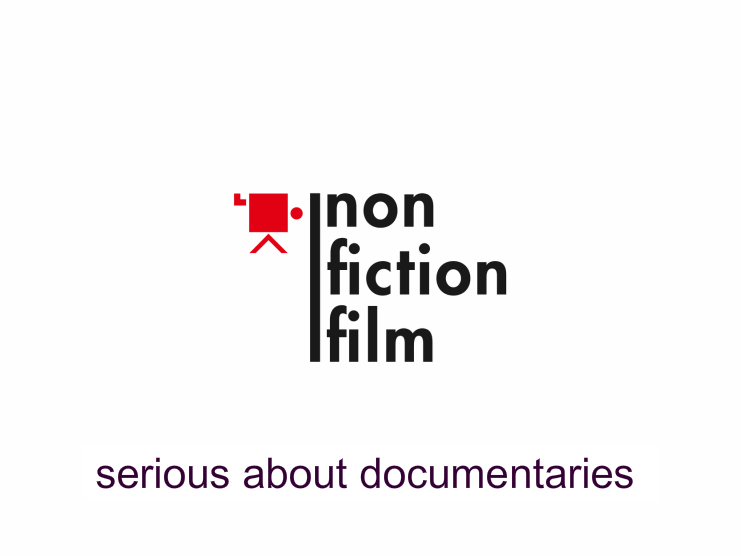
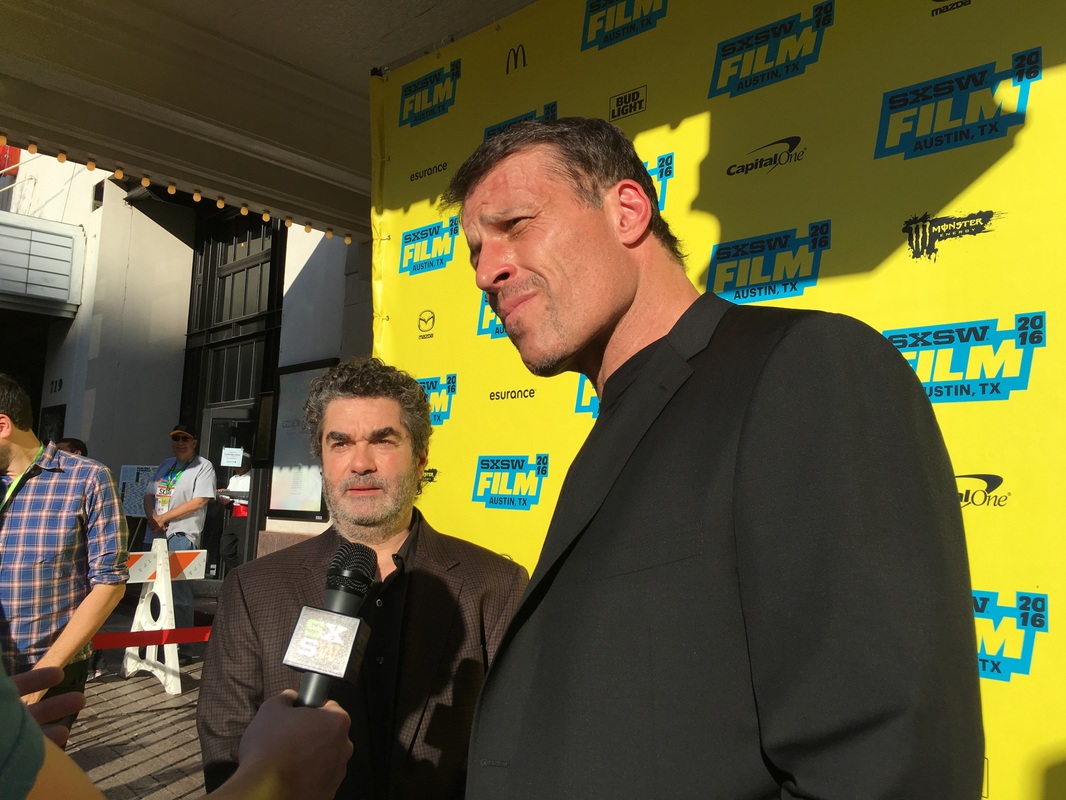
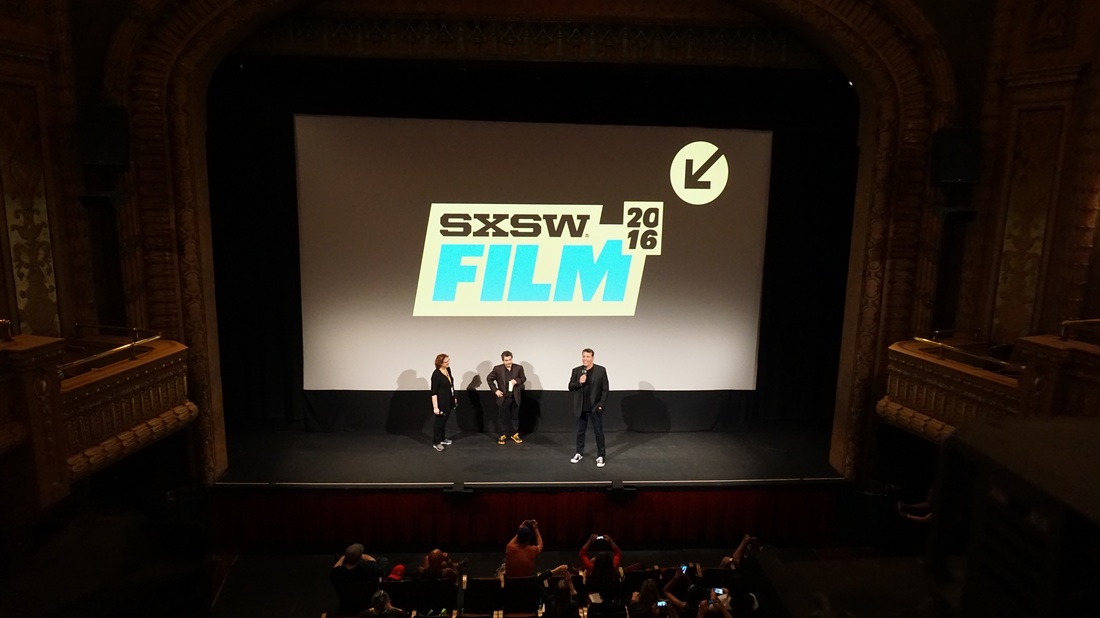
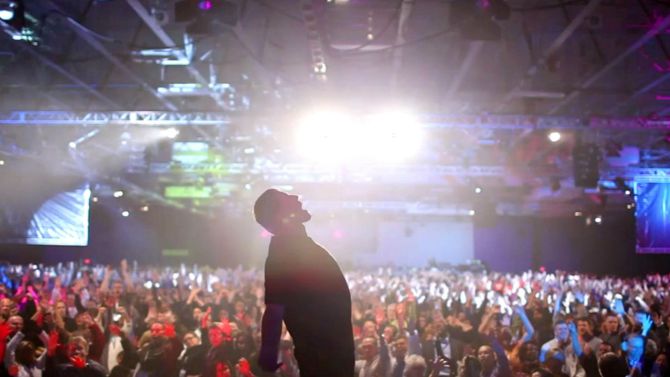
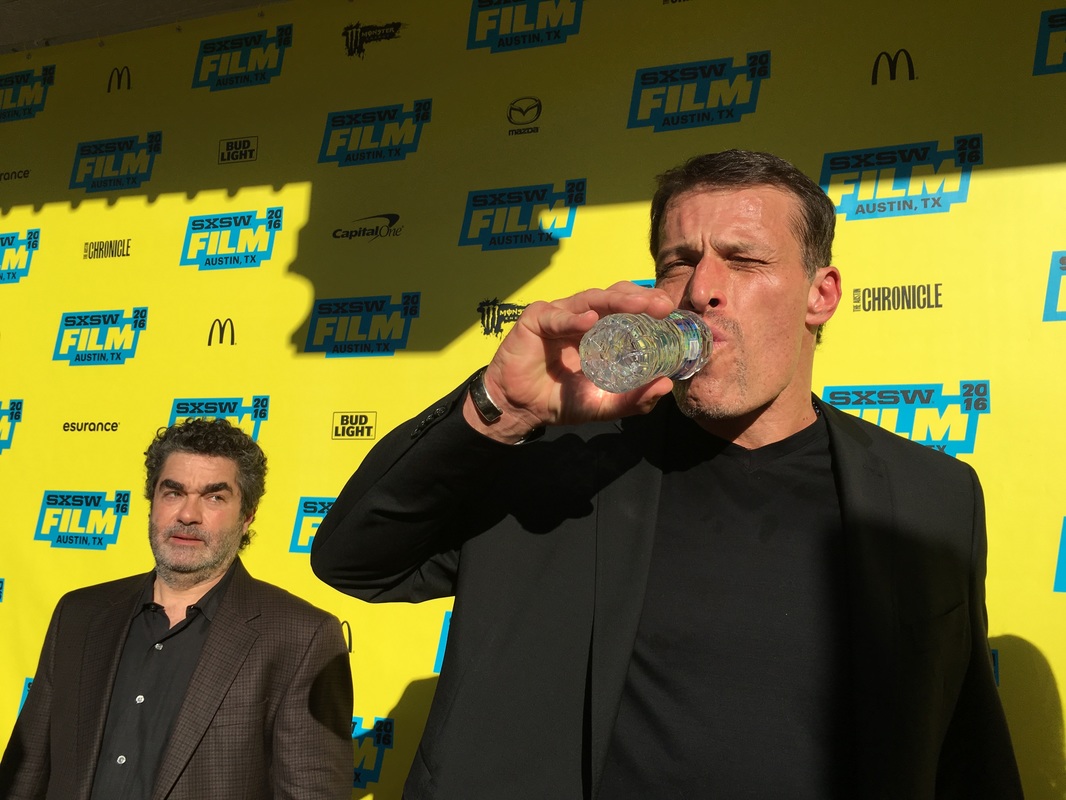
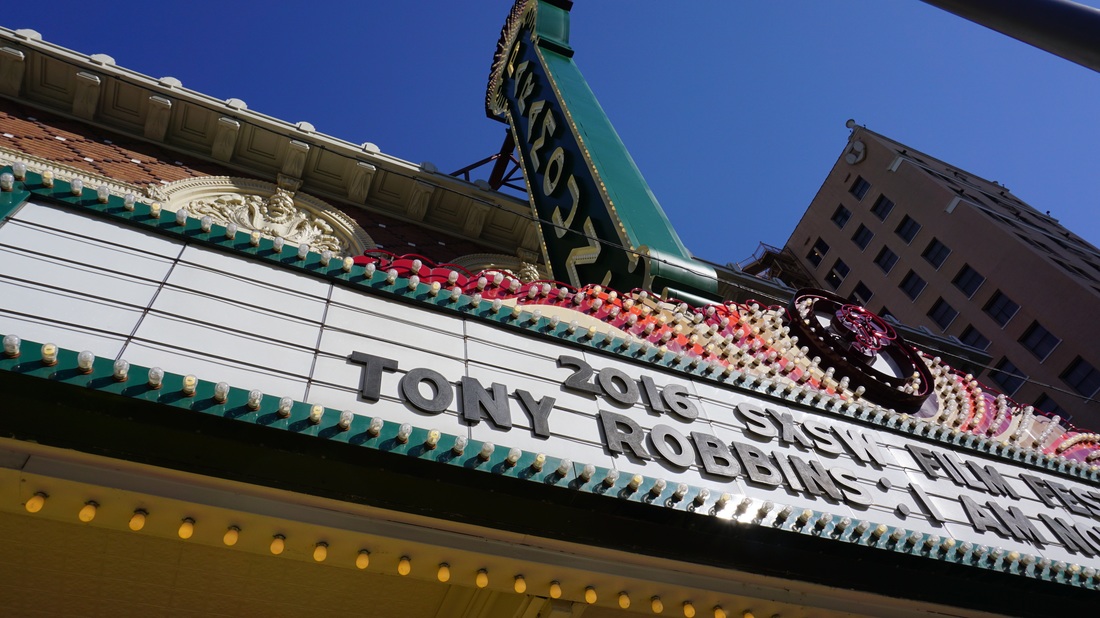

 RSS Feed
RSS Feed